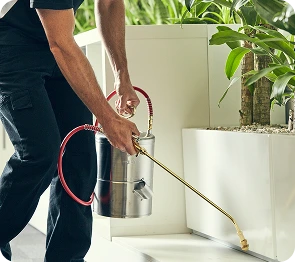Seagull


The silver gull, more commonly known as the seagull, is one of Australia’s most recognisable birds.
With its white body, silver-grey wings tipped in black, and striking orange-red bill and legs, it is often seen along coastlines, rivers, lakes, and even inland areas.
In their natural environment, seagulls nest on the ground in sand, rock, grass, or shrubs. However, they have also adapted to nesting on jetties, boats, rooftops, and other man-made structures. They breed for much of the year, laying multiple eggs per clutch, which allows their populations to grow quickly once they establish themselves in an area.
Problems caused by seagulls
Seagulls present more than just a nuisance. Large flocks can create dangerous situations at airports, where bird strikes have the potential to damage aircraft engines. Offshore oil and gas platforms also report seagulls as a significant hazard for helicopter operations. In populated areas, seagulls aggressively scavenge for food, harass people, create loud noise, and foul cars, machinery, and public spaces with droppings.
Their waste not only damages buildings and equipment but also carries pathogens such as Salmonella, Campylobacter, Cryptosporidium, and Giardia, which can spread to humans and create serious health risks.
Effective seagull control solutions
Because trapping or removing seagulls is prohibited without special permits, the most effective long-term approach is prevention and exclusion. By limiting access to food sources such as open rubbish, sewage ponds, and food waste around commercial or recreational areas, populations can be significantly reduced.
To stop seagulls from roosting and nesting on structures, physical deterrents are highly effective. Options include post-and-wire systems, bird spikes, and polyurethane bird netting, which provide barriers to perching. For areas where seagulls are especially persistent, the Flex Track Bird Shock system delivers a harmless, low-voltage shock that encourages birds to move on without causing injury.
At Competitive Pest Services, we specialise in tailored seagull control programs across Australia. Our solutions protect businesses, public spaces, and infrastructure from seagull damage, reduce health risks, and maintain safe, clean environments.
Problems caused by seagulls

